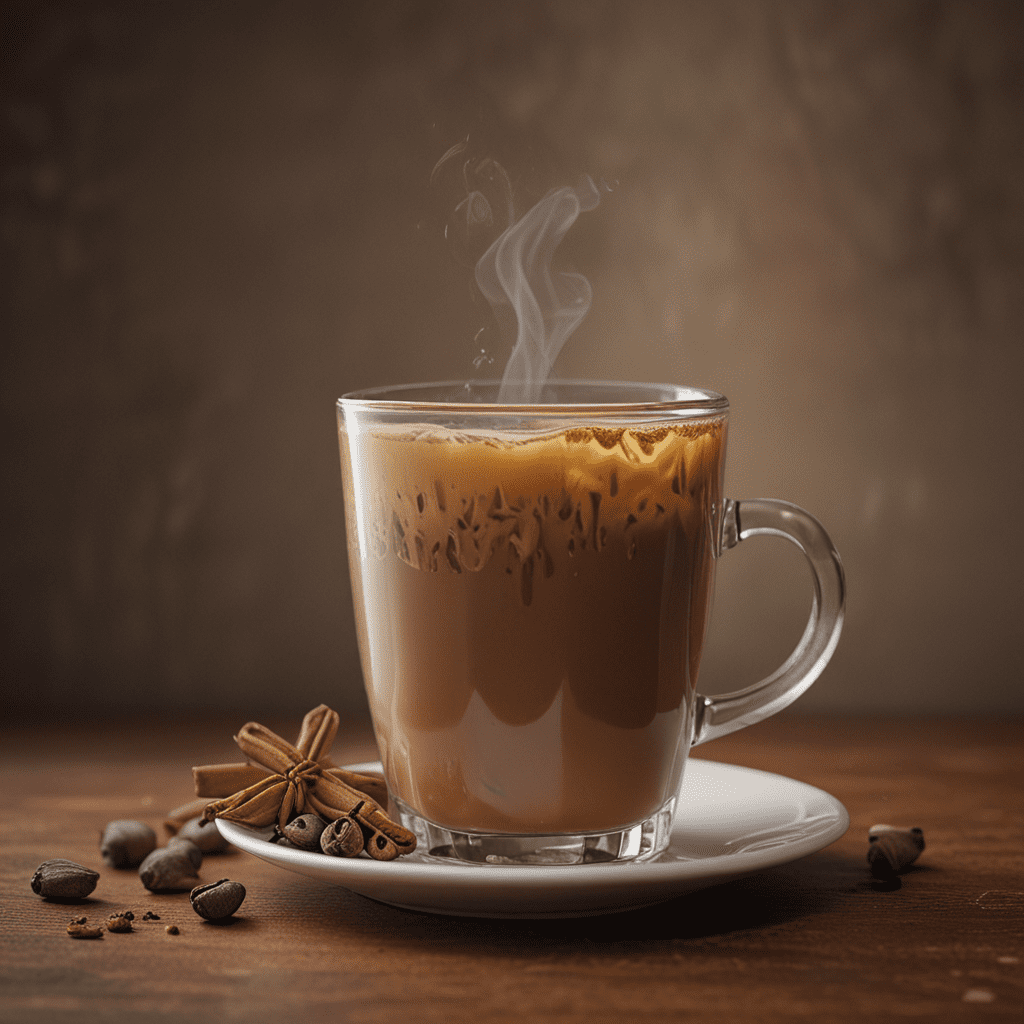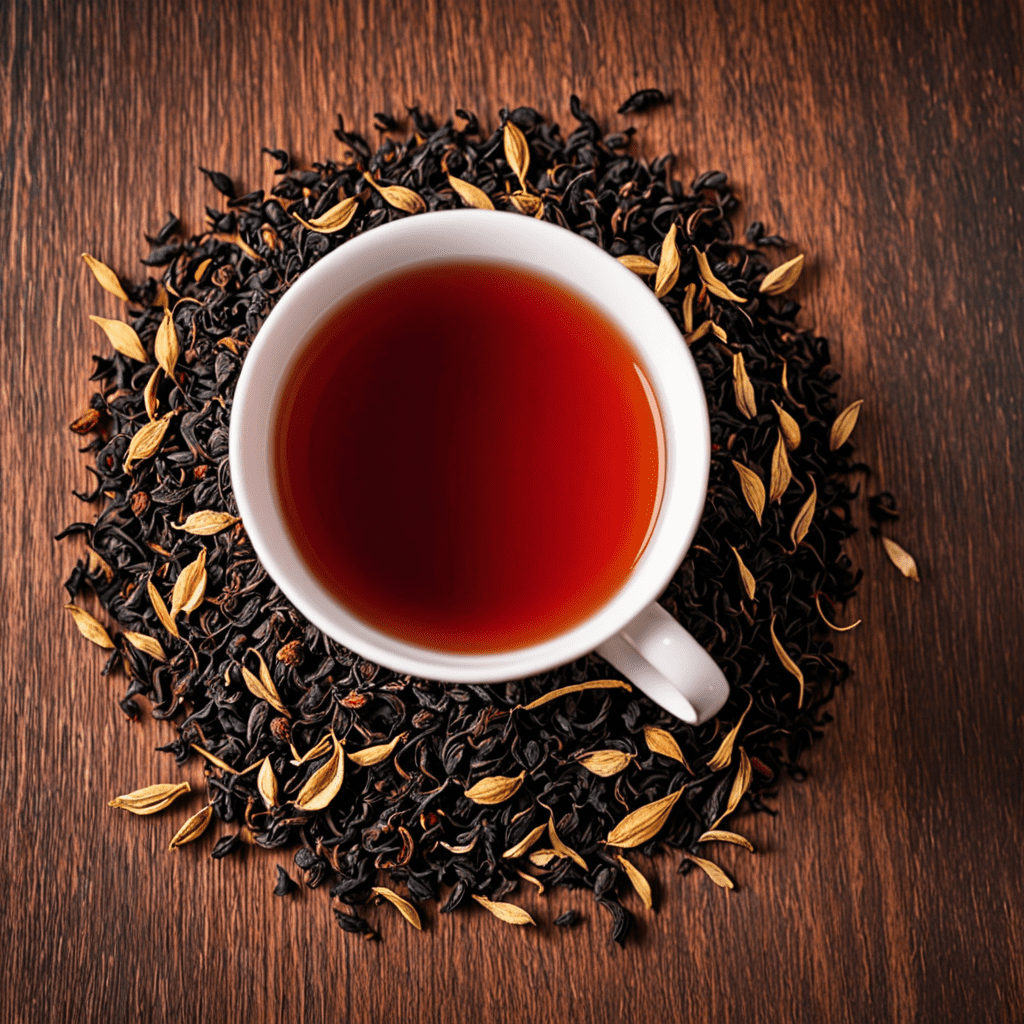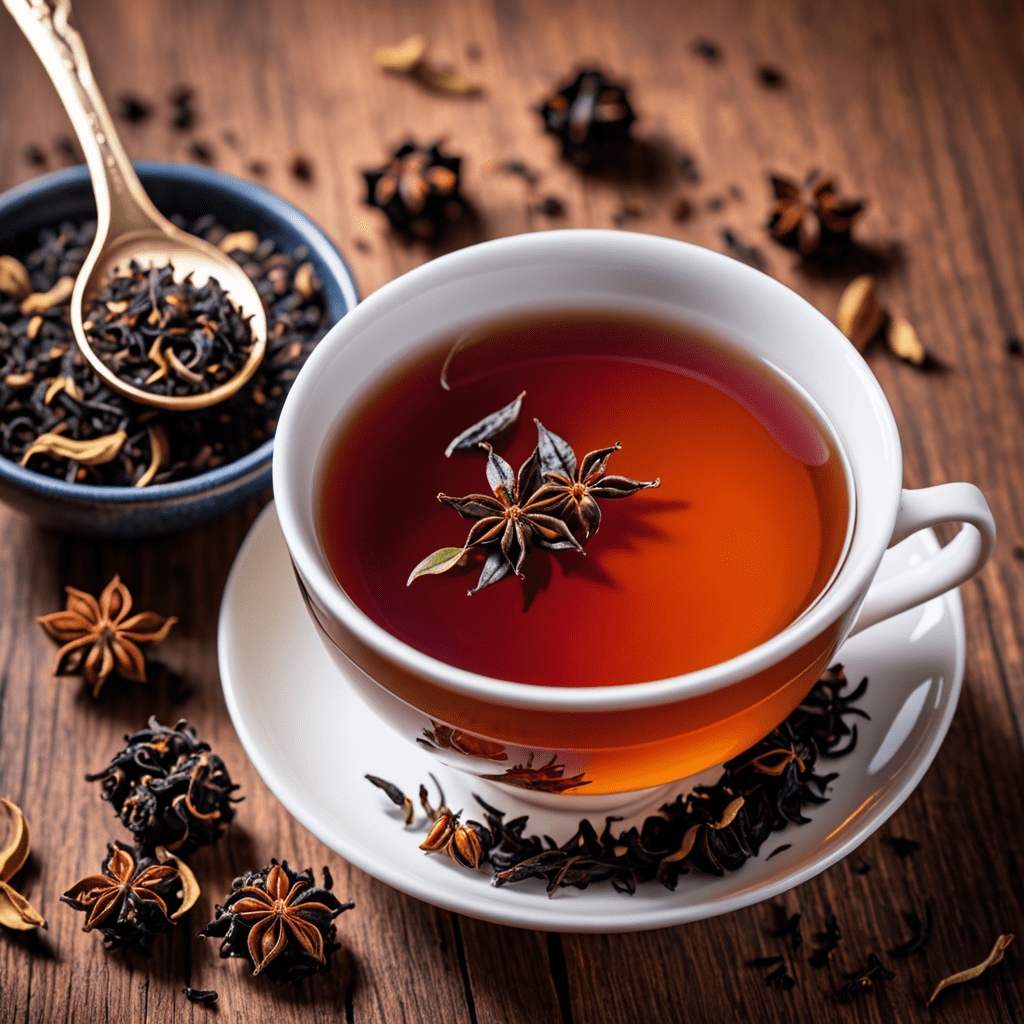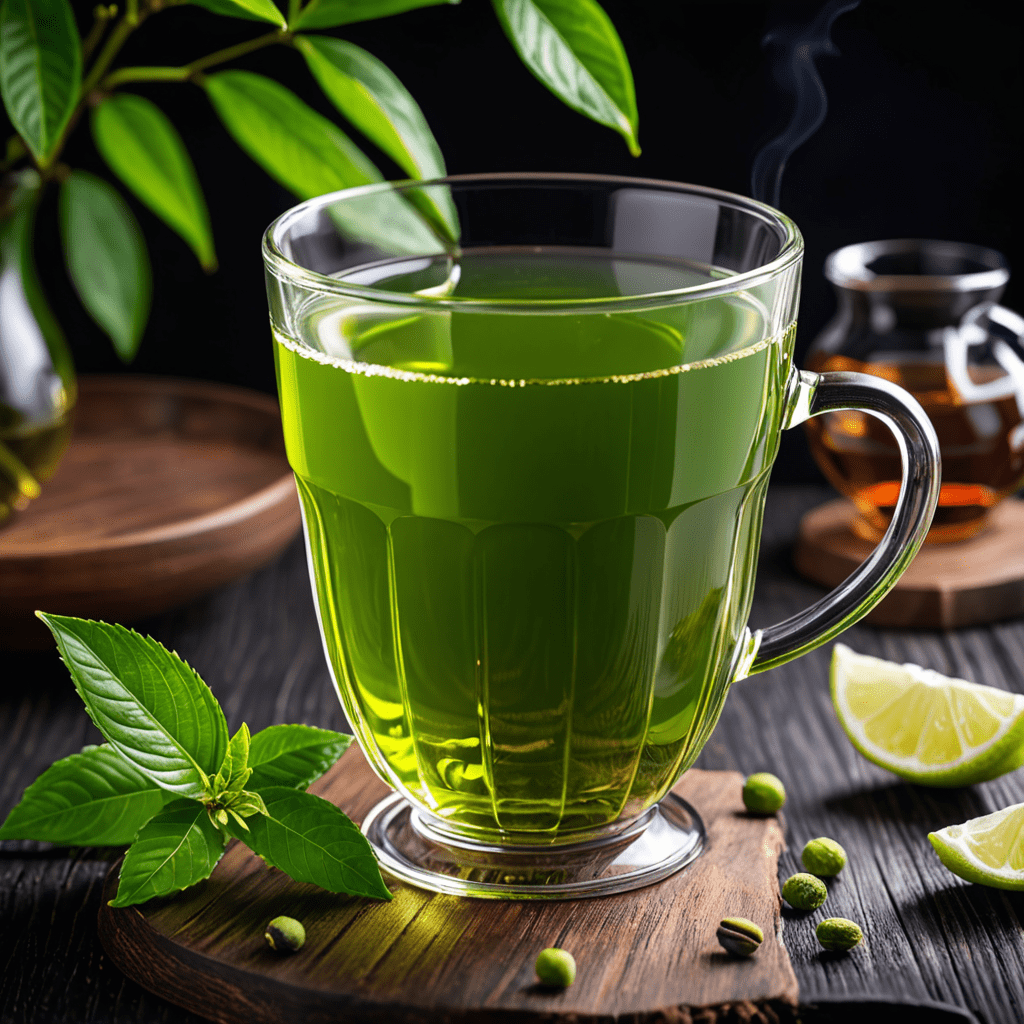
Chai Tea: A Flavorful Journey to the East
1. Origins and History of Chai
Chai tea, a beloved beverage celebrated for its aromatic blend of spices, has a rich history steeped in the cultural traditions of the East. Its origins can be traced back to the Indian subcontinent, where it has been enjoyed for centuries as a comforting and invigorating drink. Chai tea's popularity has since spread far beyond its birthplace, capturing the hearts of tea enthusiasts worldwide.
2. The Spice Blend: A Symphony of Aromas
The essence of chai tea lies in its unique blend of aromatic spices. The traditional masala chai, a quintessential Indian variation, typically includes a combination of cardamom, cinnamon, ginger, cloves, and black pepper. These spices are carefully selected for their synergistic flavors and therapeutic properties, creating a harmonious symphony of aromas that tantalizes the senses.
3. Regional Variations in Chai Tea
While the core ingredients of chai tea remain consistent, regional variations have emerged over time, each reflecting the diverse culinary traditions of different areas. In Northern India, for instance, chai tea tends to be stronger and more robust, often prepared with a generous amount of ginger. In Southern India, on the other hand, chai tea is generally milder, with a sweeter and more aromatic profile.
4. Masala Chai: The Classic Blend
Masala chai, a beloved variation of chai tea, is the quintessential blend that has gained widespread popularity. It is characterized by its robust flavor and invigorating aroma, stemming from the harmonious combination of cardamom, cinnamon, ginger, cloves, and black pepper. The spices are simmered with black tea leaves in milk, creating a rich and comforting beverage that is both flavorful and uplifting.
5. Health Benefits and Medicinal Properties
Beyond its culinary appeal, chai tea has been traditionally valued for its medicinal properties. The spices used in its preparation, such as ginger and cinnamon, are known for their anti-inflammatory and digestive benefits. Chai tea is also believed to boost immunity, reduce stress, and improve heart health. However, it is important to note that these health claims are based on traditional use and anecdotal evidence, and further scientific research is needed to fully substantiate them.
6. Chai Culture and Social Significance
Chai tea holds a profound social significance in many cultures, particularly in India and beyond. It is deeply ingrained in daily life and serves as a bridge between communities. Throughout the day, chai is offered as a gesture of hospitality, fostering connections and conversations. Whether enjoyed in bustling tea stalls or serene homes, chai tea is revered for its ability to bring people together and create a sense of belonging.
7. Preparing Chai Tea: A Ritual of Comfort
Preparing chai tea is a ritual steeped in tradition and comfort. While modern variations exist, the traditional method involves simmering a blend of spices, black tea leaves, and milk in a pot. As the mixture gently brews, the spices release their aromatic essence, infusing the tea with a symphony of flavors. The preparation of chai tea is often a mindful and soothing process, offering a momentary respite from the day's hustle and bustle.
8. Brewing Methods: Traditional and Modern
In addition to the traditional method of preparing chai tea on the stovetop, various modern brewing techniques have emerged to cater to different preferences and lifestyles. These include using a French press, tea infusers, or even specialty chai tea bags. While each method may slightly alter the nuances of the flavor, the essence of chai tea remains consistent – a comforting and flavorful beverage imbued with the aromatic embrace of spices.
9. Pairing Chai with Food and Occasions
Chai tea's versatility extends beyond its enjoyment as a standalone beverage. It pairs harmoniously with a wide range of culinary delights. Whether savored alongside sweet treats like pastries or spicy snacks like samosas, chai tea complements the flavors and enhances the overall dining experience. Moreover, chai tea holds a special place in various cultural occasions and celebrations, including festivals and religious ceremonies. Its presence adds a touch of warmth and authenticity to these momentous events.
10. Chai Tea: A Bridge Between East and West
The journey of chai tea has extended far beyond its origins in the East, captivating tea enthusiasts worldwide. It has seamlessly bridged cultures, becoming a ubiquitous beverage enjoyed in countless homes, cafes, and tea shops across the globe. Chai tea serves as a testament to the power of shared culinary experiences, connecting people from diverse backgrounds through the appreciation of its unique blend of flavors and aromas.
FAQs
Q: What is the difference between chai tea and regular tea?
A: Chai tea is a blend of black tea with aromatic spices like cardamom, cinnamon, ginger, and cloves, while regular tea typically refers to unflavored black, green, or herbal tea varieties.
Q: How do I make chai tea at home?
A: Combine water, milk, tea leaves, and spices in a pot and simmer until fragrant. Strain and enjoy hot.
Q: What are the health benefits of chai tea?
A: Chai tea contains spices with potential health benefits, including anti-inflammatory, digestive, and immunity-boosting properties.
Q: How can I vary the flavor of my chai tea?
A: Experiment with different spice combinations or add sweeteners like honey or sugar to suit your taste preferences.
Q: Can I make chai tea without milk?
A: Yes, substitute milk with water or plant-based milk alternatives like almond or oat milk for a dairy-free version.


